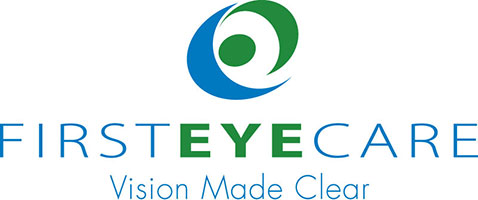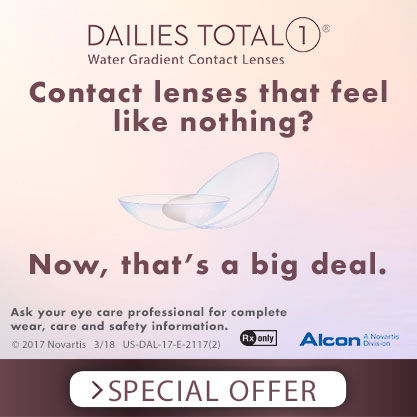
Presbyopia is one of the most common age-related eye conditions. This eye disease results in blurred near vision and usually starts at around the age of 40. Anyone, including those who have never had vision troubles before, are at risk of developing presbyopia. Even individuals who are already nearsighted may notice their vision is starting to blur when wearing contact lenses or their usual eyeglasses. Some of the first things you will notice if presbyopia is developing is that you have to squint or hold reading materials at arm’s length in order to help your eyes focus. Unfortunately, there is nothing you can do to lower your risk of developing presbyopia.
The word “presbyopia” means “old eye” in Greek, which is representative of the eye condition and what is happening. It is believed that presbyopia is caused by changes in the lens inside the eye. As we get older, the lens gets harder and less elastic. When this occurs, it becomes much more difficult for the eye to focus on close objects, whether you are trying to read a text message or a book. In the past, presbyopia was corrected with the use of bifocal eyeglasses. However, we have learned a lot over the years, and today there are many other ways to correct the eye condition, including with contact lenses and through surgery.
Presbyopia Symptoms, Signs, and Treatment
When presbyopia sets in, you will find yourself holding your smartphone and other reading materials farther away from your eyes in order to see them in focus. This usually happens gradually and many people don’t even realize they are doing it at first. While holding reading materials farther away from your face may seem like a good solution, it is only a temporary fix. Other signs that you are suffering from presbyopia include frequent headaches, eye strain, and visual strain. When reading in general becomes uncomfortable and tiresome, it could mean you have presbyopia.
While there is no way to turn back time and prevent presbyopia from setting in, there are a few things we can do to treat it:
- Eyeglasses - Eyeglasses with progressive lenses are the most common solution for presbyopia in people over the age of 40. These multifocal eyeglasses are line-free and will give you excellent vision at every distance.
- Contact Lenses - People who have been diagnosed with presbyopia also have the option of multifocal contact lenses. These lenses are available in gas permeable or soft lens material and are a great option for advanced cases. Monovision, which is when one contact lens has a distance prescription, is another alternative.
Here at First Eye Care, we believe in doing everything we can to help our patients achieve optimal visual wellness. We know how important your eyes are and want to ensure any potential damaging conditions - including presbyopia - are caught early. Come into First Eye Care for a comprehensive eye exam today. By visiting us on an annual basis, you will be better prepared to address any concerns, including presbyopia. We have three convenient locations in Hurst, Keller, and Roanoke.



